The season of warm blankets and sweaters is almost upon us. And we think it's high time to know about what to wear and what to prefer over others. Do we wear wool, Cashmere or Angora? What are these, let's find out!
Wools and hairs are not the same. That is the first piece of information we wish to give you. Let us separate wools from hairs and know both thoroughly. In this blog, we talk about sheep wool, Merino, Cashmere, Angora, Mohair, and Alpaca, and know what is what!
Benefits and Types of Wool
It is since 6000 BC that wool and animal hair has been used in garments or furnishing. Ancient Iran started it first, and their local population started rearing sheep. It was them who used sheep wool to keep warm. Gradually, the wool industry started growing and today it is one of the largest industries as far as high fashion is concerned. Many people use wool for the basic purpose of keeping warm. But wool has adapted to a large number of varieties. As such, not just shawls and sweaters, but ties, caps, furnishing, accessories and many more items have wool in them. Be it light wool or thicker version, plain or patterned, woven or knit, wool has taken all the shapes and patterns to suit everyday hassles, especially in winters.
We all might be surprised to learn this, but wool is different from animal hair. As such, the luxurious Cashmere, which we all considered wool till now, is not that. It is goat hair and is different from wool. There are, no doubt many similarities between the two, but they are different in their sourcing. The wool comes from sheep (merino, Dorset etc), and animal hair comes from goats, alpacas, Llamas, alpacas, rabbits etc.
What is Wool?
Wool is the fleece found on the outside of a sheep’s body. It is of two types - guard hair or topcoat, which is on the outside of the body of sheep, and undercoat which is fine and grows under the body. The guard's hair is coarse and thick, whereas the undercoat is fine and soft. Guard hair protects the animal from rain and other harsh climatic conditions, and an undercoat keeps it warm.
The undercoat is the one that is highly prized. It is soft and luxurious and is used to make luxury items like wearables and accessories. Wool fibres are thick and short in general, but animal hair is longer and finer.
Types of wool/animal hair
Wool and hair are clear to us, now let’s break it down further. Here are the types of wool and hair in detail:
Lambswool

Lambswool is the first shearing of sheep. These animals are less than seven months old, and this first wool is typically soft and fine. Some breeds of sheep produce sturdy wool which is used to make rugs or upholstery items, while others produce a finer version that is used in making apparel and wearable accessories.
Merino Wool
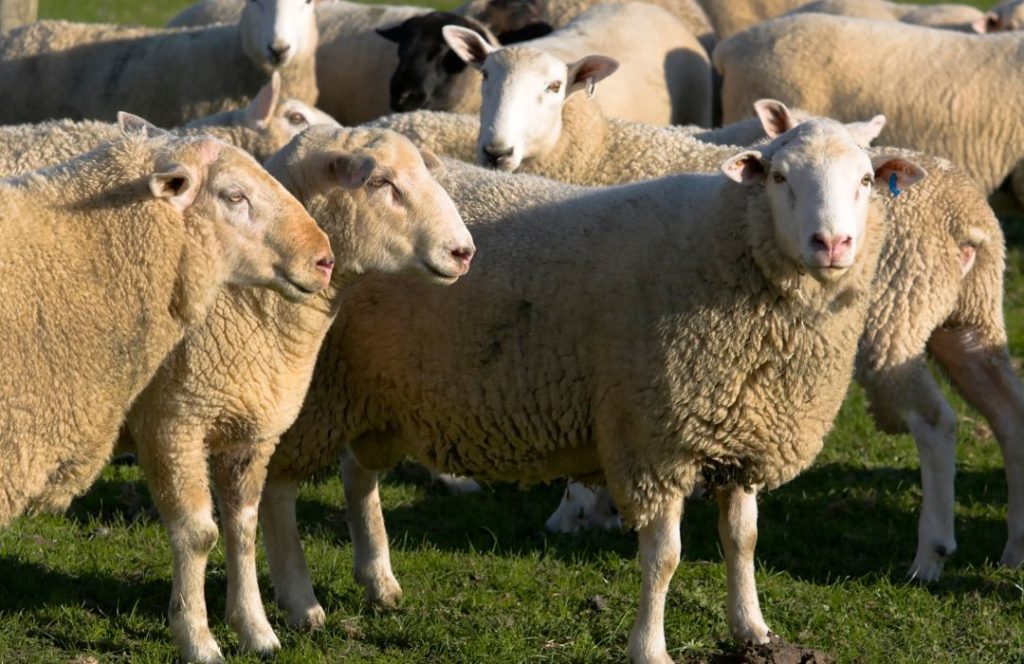
This type of wool comes from the Merino sheep and is considered the best quality sheep wool in the world. It is the most cherished one and is used highly in the fashion industry. Merino wool thread measures about 20-25 microns in diameter and hence has the softest of feels as far as wool is concerned. Merino sheep are mostly found in Australia (about 80%)
Cashmere
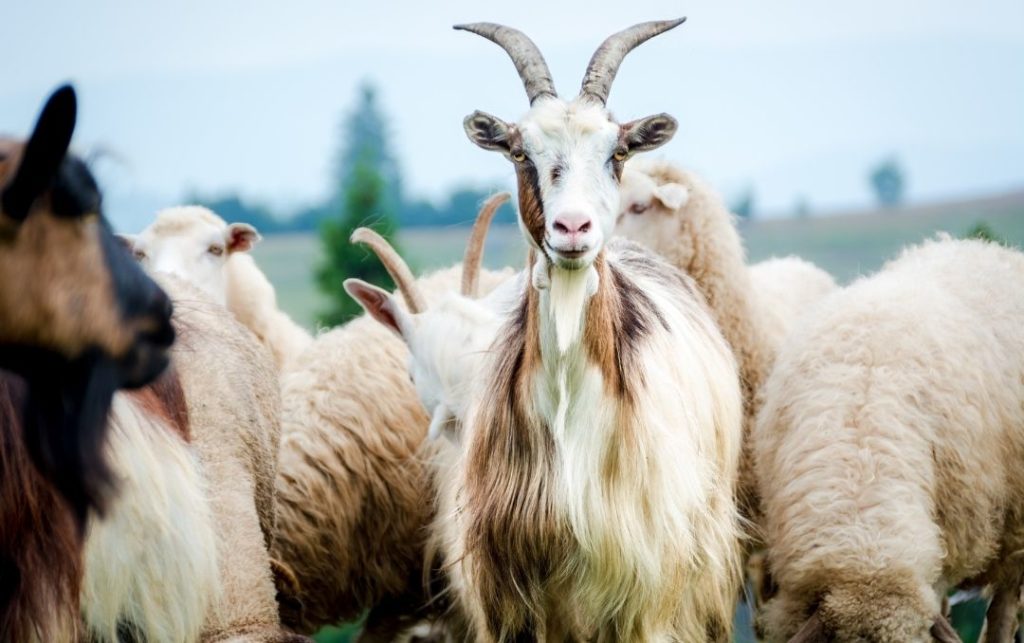
The undercoat of the Changthangi goat of Ladakh is called Cashmere. Even Though Cashmere producing goats are found in many regions of the world, it is the Ladakhi goat that produces the finest quality (the fibre is just 12 to 15 microns in diameter. Cashmere is an animal hair and hence grows on the underbelly of the goat. Since Cashmere is super fine, it is mostly used in crafting luxury wearables and accessories. The finest and the most famous product made from Cashmere is Kashmiri Pashmina shawls. Cashmere is also used to make high-end scarves, stoles, wraps, sweaters and blankets.
Cashmere is delicate when compared to sheep wool as the fibre is fine.
Also read: IS CASHMERE THE SAME AS PASHMINA?
Mohair
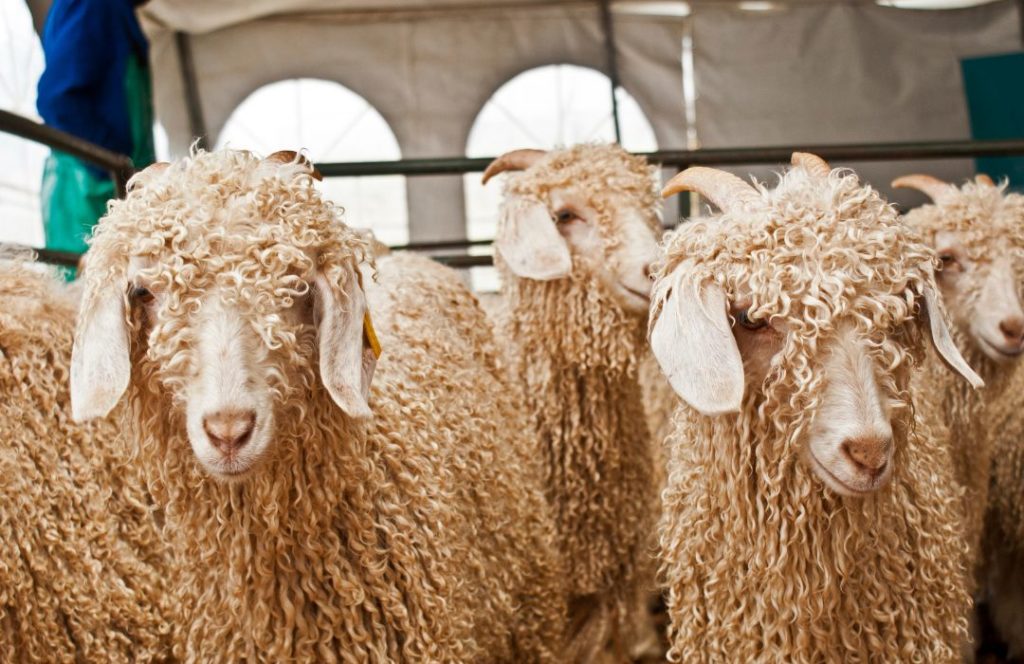
Mohair comes from the Angora goat. This is often confused with the angora rabbit hair. Mohair too is animal hair, but different from Cashmere, in the way that it is not as fine as Cashmere. This hair type is more frizzy, and the final products made from it consist of stiff short hairs which are clearly visible.
Mohair can be called a thicker variety of Cashmere. The micron count ranges from 20-25 microns, which is similar to wool.
Angora
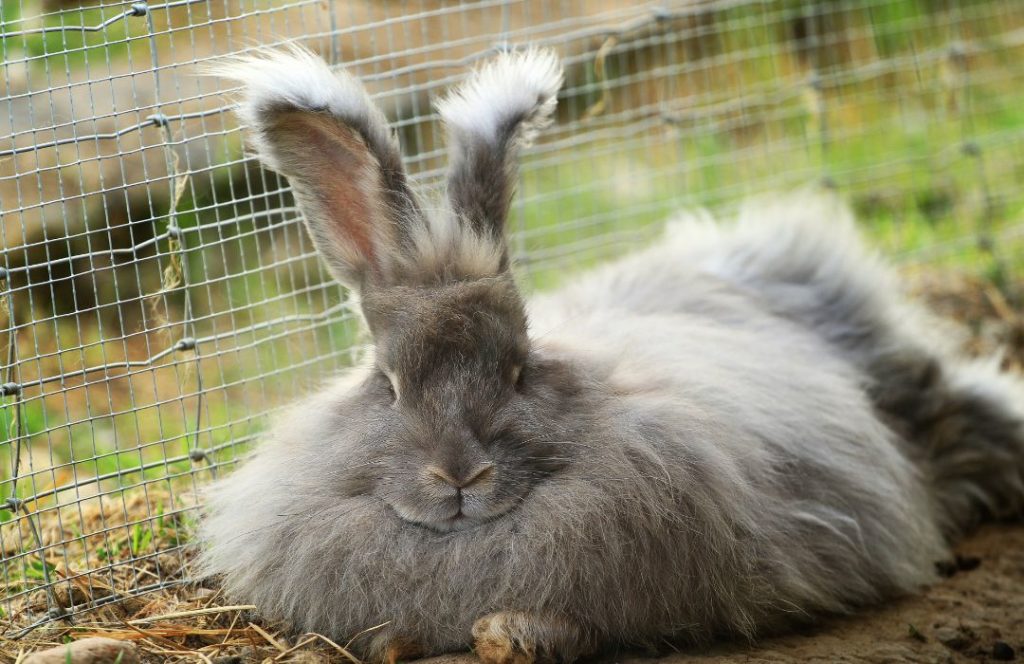
Angora comes from the undercoat of an Angora rabbit. Its hair fibres are super fine (about 10-15 microns). This property makes Angora immensely soft and products made from it are the softest and the finest of many aforementioned. The quality of angora, however, depends upon the guard's hair mixed with the undercoat.
Since angora is immensely fine, it is often mixed with strengthening materials. The acquisition of angora is time-consuming and is hence avoided when it comes to making larger products.
Alpaca
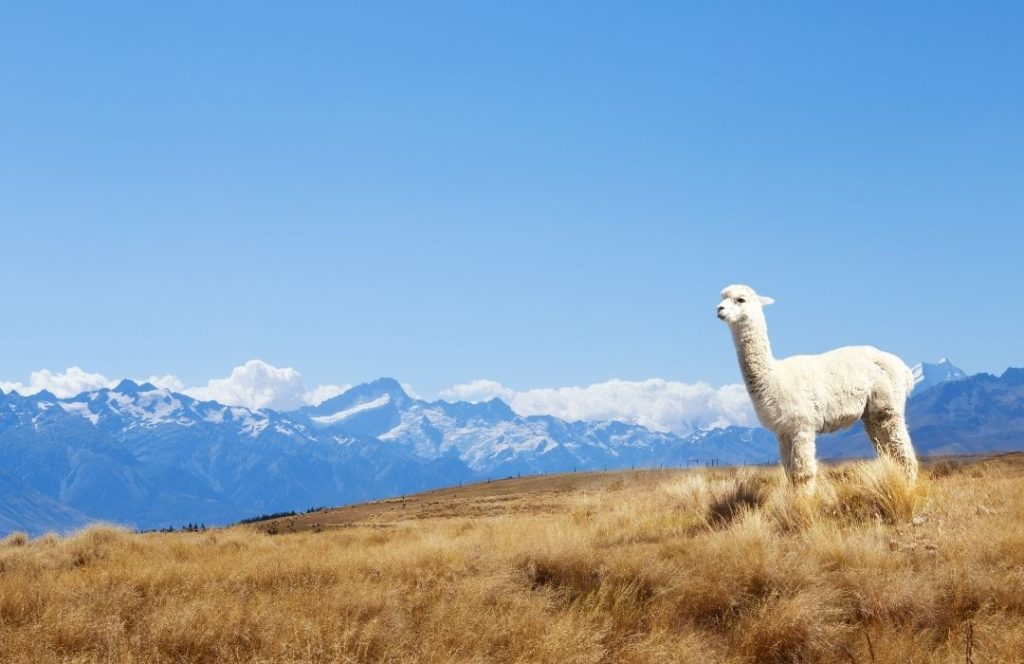
The Alpaca hair comes from the Alpaca. It is a Llama-like animal and is found in South America. Alpacas produce some of the finest hair which measures 15-40 microns. This indicates that alpaca fibres can be very fine and soft, or quite itchy and coarse as micron count increases. As the fibres become thicker, the product becomes less usable for wearables.
What yarn is similar to Cashmere?
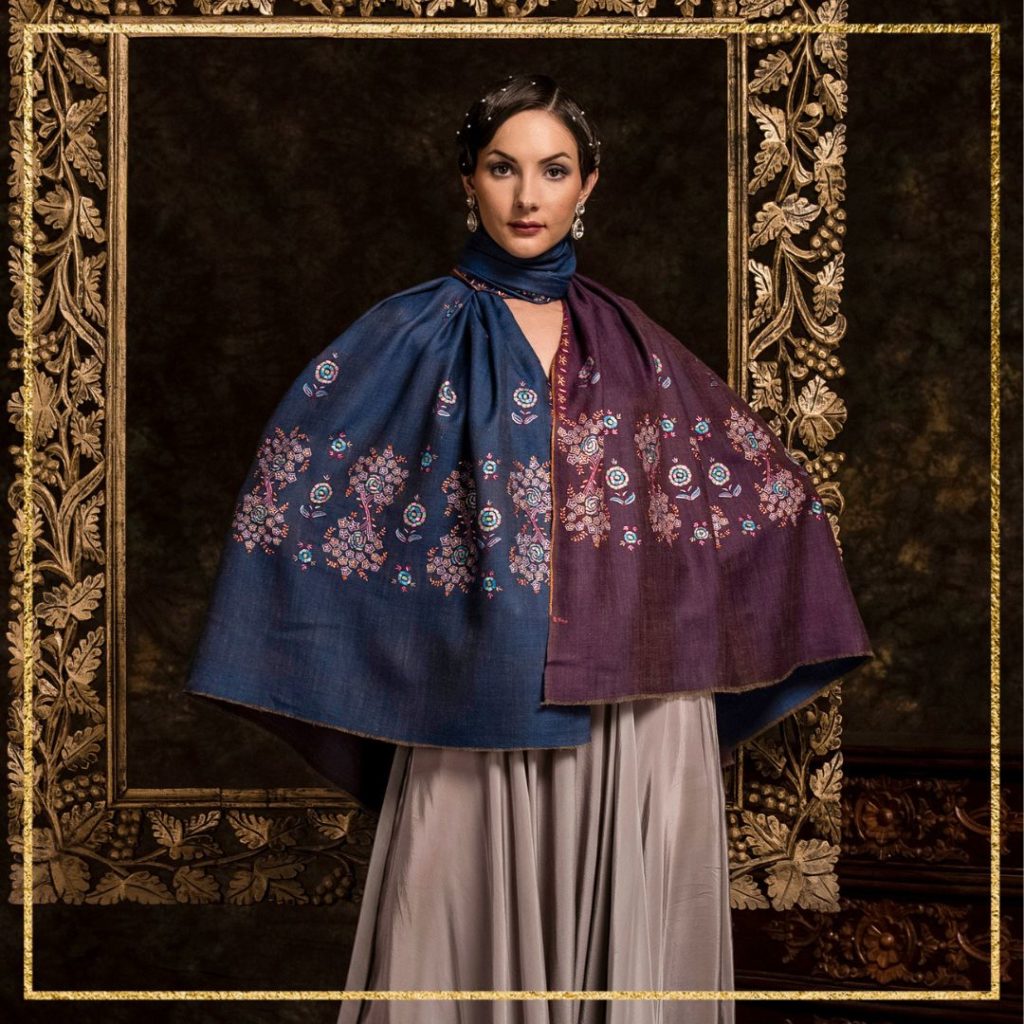
Amongst all the above-mentioned wool or hair types, it is Cashmere that is the most loved and revered. This is because of its supreme qualities, which make its quality unmatchable. However, for those who need an alternative to Cashmere, we have certain options and one can certainly choose one amongst them
Shahtoosh is the animal hair of the Tibetan antelope. It is the most similar to Cashmere. In fact, Shahtoosh is even more fine and warm than Cashmere with a micron count of just 8-10 microns. This makes Shahtoosh yarn more lightweight yet warmer than Cashmere. Vicuna is another animal hair type that comes from the animal Vicuna (a South American Llama family animal). Its hair too is super fine and matches a large number of qualities of Cashmere fibre.
Unfortunately, both Shahtoosh and Vicuna belong to the animal category which is banned by governments. Tibetan antelope as well as the Vicuna have been declared endangered species since the population of both is exponentially decreasing. There is also a concern raised about animal cruelty when it comes to the acquisition of their undercoats. Hence for usage, we would recommend using Cashmere as it is fine, soft as well as versatile and a conscious buy.
Also read: DO VEGANS WEAR CASHMERE SCARF?